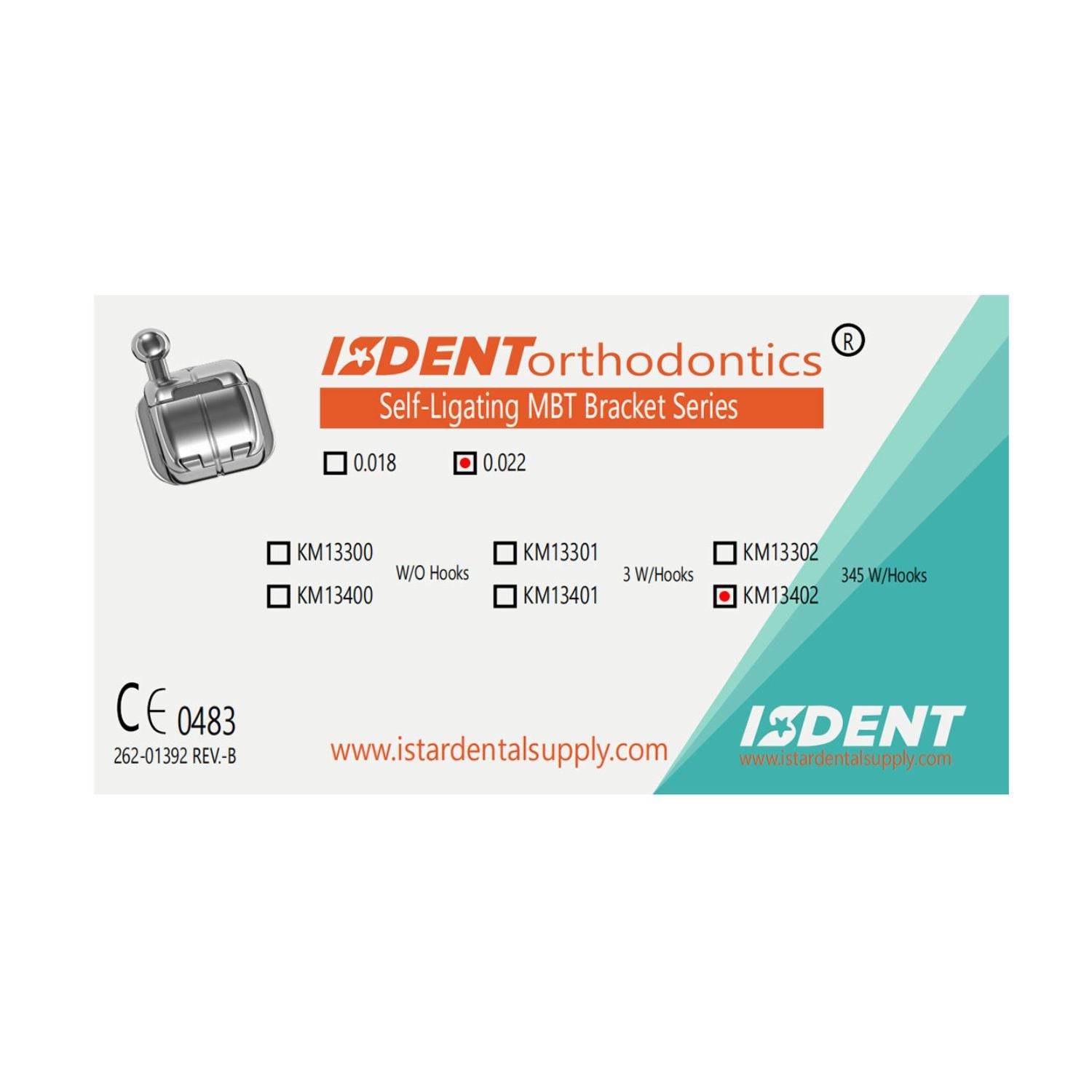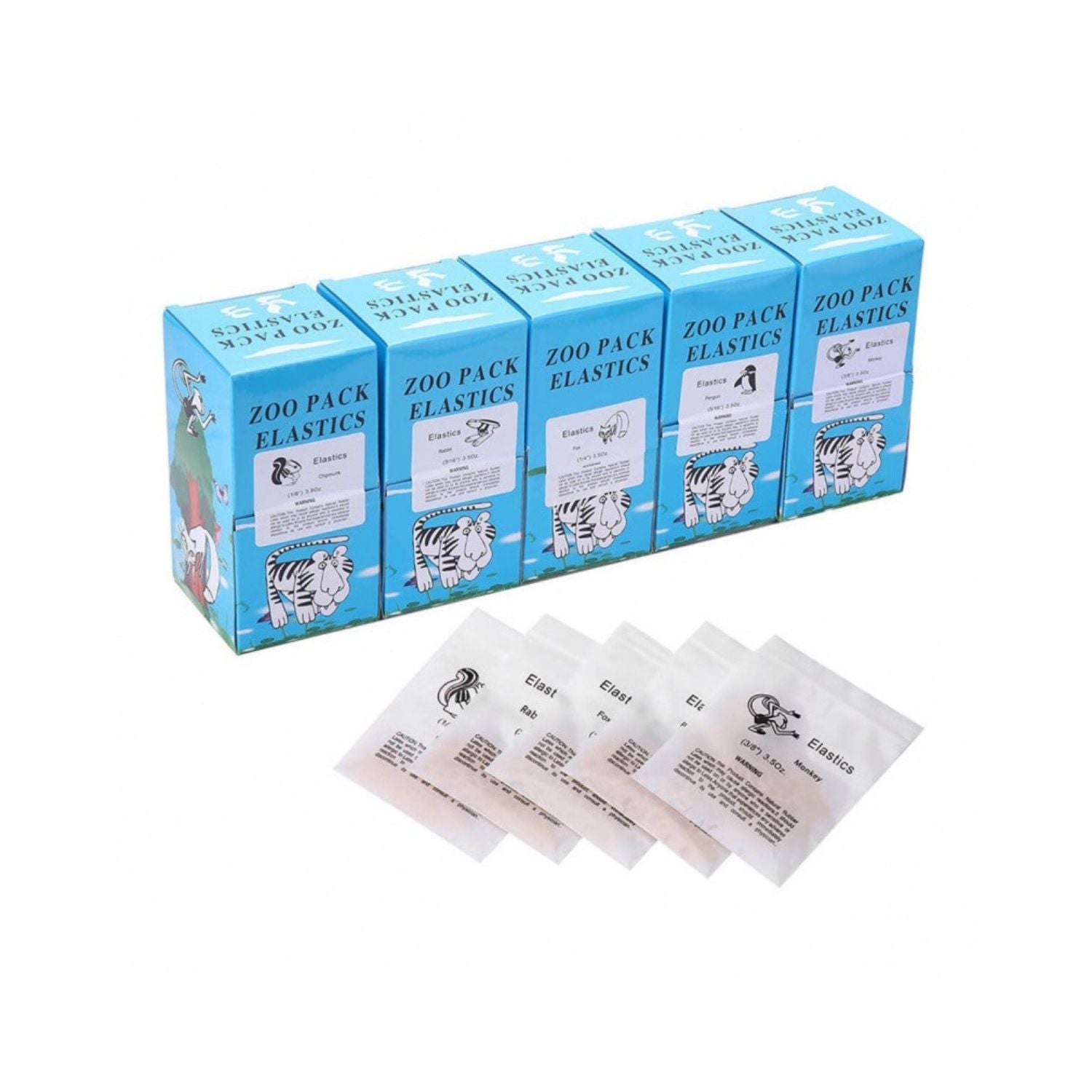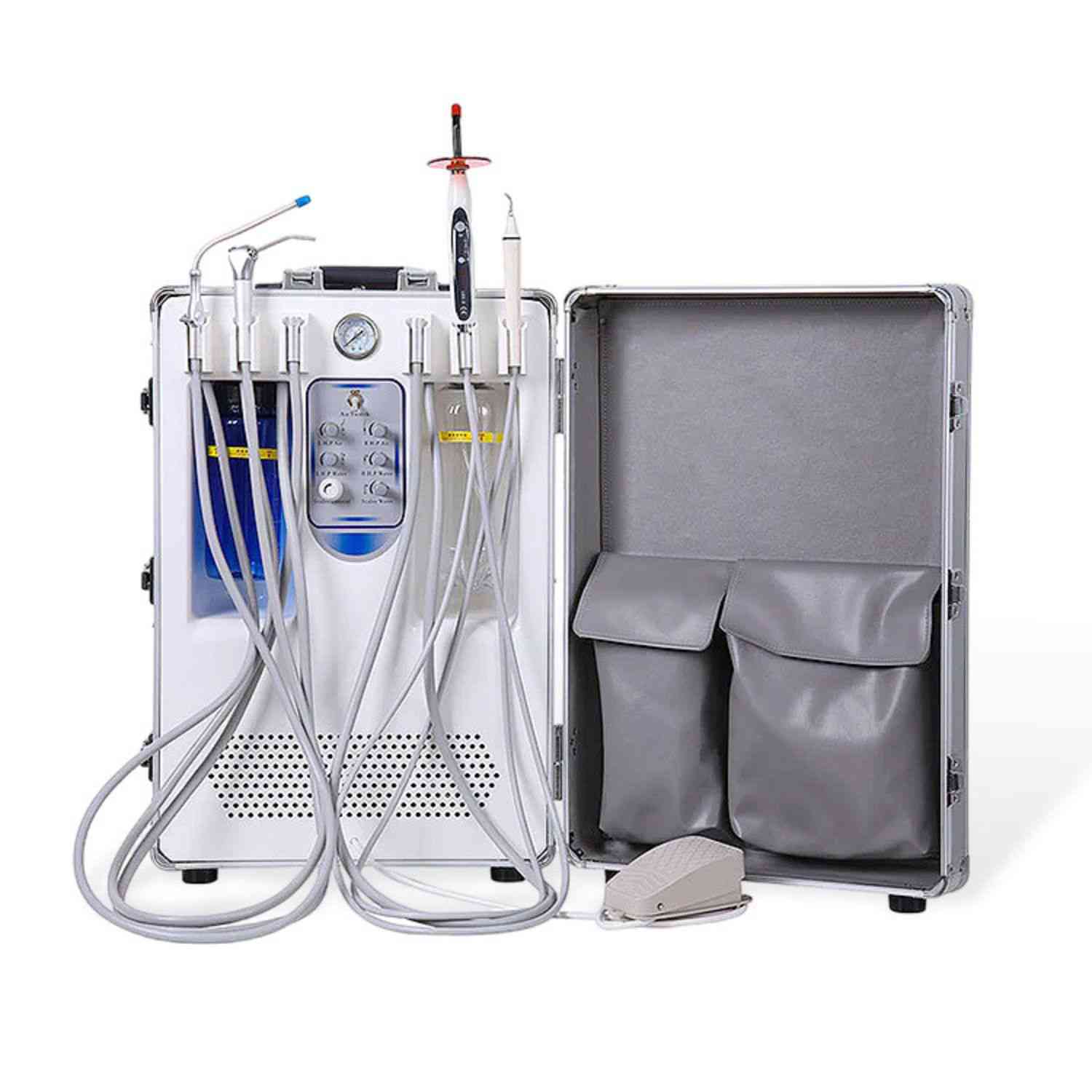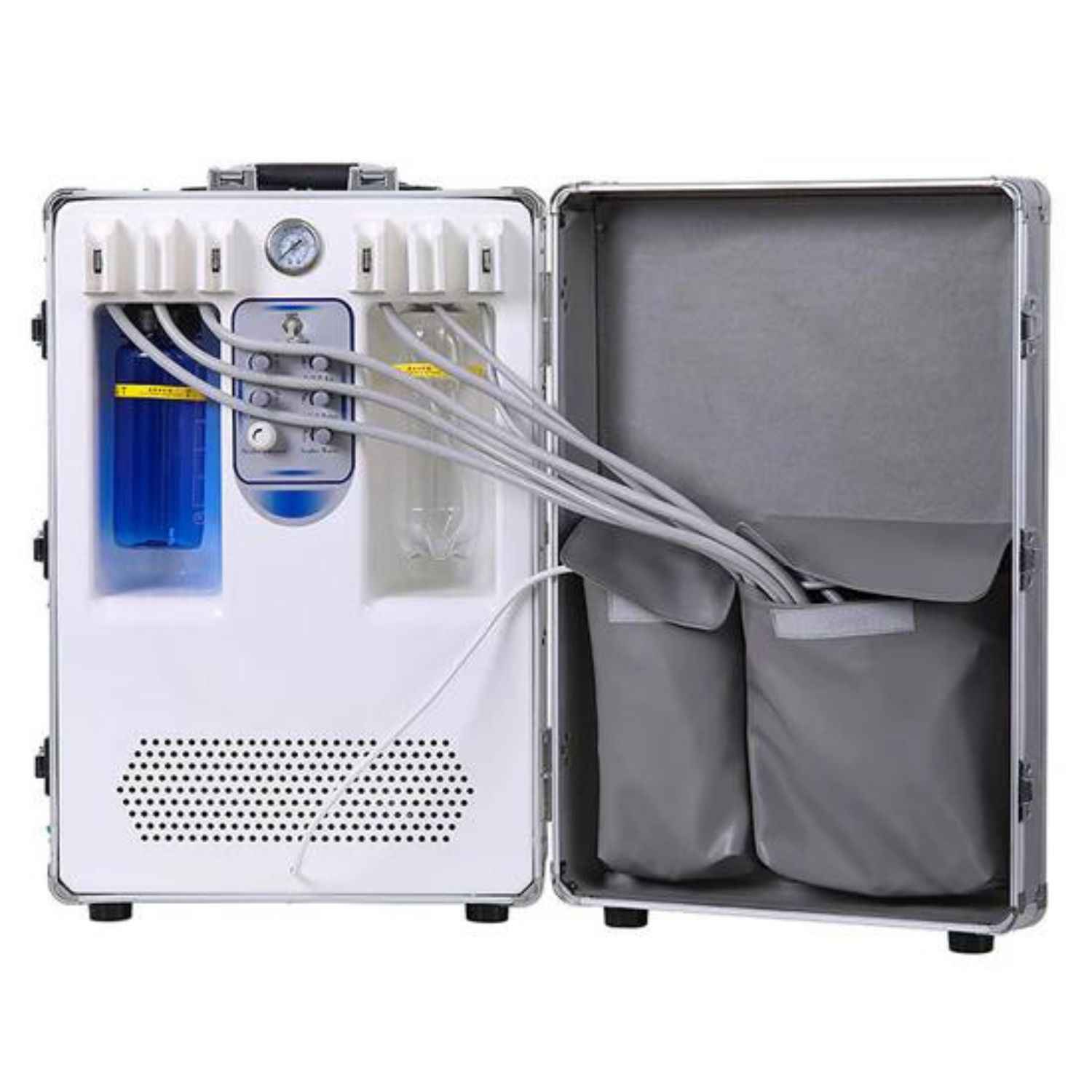The Silent Leak in Your Practice: How Much Dental Clinics Waste on Expired Products & Overstocking (And How to Stop It)
Imagine walking into your storage room tomorrow morning and realizing every third shelf is money you’ll never see again.
Not because reimbursements are down. Not because patients aren’t accepting treatment.
But because boxes quietly expired last month. And the “great deal” bulk order from last year is still sitting there, aging faster than your AR.
This isn’t a dramatic edge case. For many clinics, waste from expired products and overstocking is a system, not an accident.
-
Who this is for
-
Owners who feel like supply costs keep creeping up but can’t see why
-
Practice managers buried in boxes and backorders
-
DSOs trying to standardize chaos across locations
-
Any clinic that’s ever thrown away a sealed composite and felt a tiny stab of guilt
1. Are You Really Wasting That Much? Yes.
Let’s ground this in numbers before we go deeper.
Most reputable sources (ADA, CDA, major suppliers, and consulting groups) point to a healthy target of 5–6% of collections for dental supplies.
Now zoom in:
Several recent analyses of real practices show patterns like:
-
Up to ~20% of supplies expiring unused,
-
$10,000–$30,000+ per year vaporized once you include expired stock, rush orders, and labor.
You don’t feel it as one big hit. You feel it as:
-
A box here.
-
A tray of anesthetic there.
-
That implant kit you “meant” to push.
Individually forgettable. Collectively brutal.
-
Quick gut-check questions
-
Do you know your exact supply spend as a % of collections in the last 90 days?
-
Can you, today, list your top 20 fastest-moving items and their reorder points?
-
When you toss expired materials, is that data logged…or just the bin?
If you answered “no” or “not really” to any of these, you’re carrying invisible waste.
2. The Cost of Waste, Line by Line (Not Just “It’s Bad”)
Let’s break down what expired products and overstocking actually do to a clinic’s finances and brainspace.
Assume:
-
$1,000,000 annual collections
-
Target supplies at 6% = $60,000/year
If just 15% of that is wasted due to expiry, duplication, or dead stock:
-
Direct product waste = $9,000
-
Add:
-
Staff time hunting, counting, re-counting
-
Emergency shipping and premium last-minute buys
-
Write-offs on “great deals” that never moved
-
Space taken by junk instead of what you truly need
Conservative all-in waste can hit $15,000–$25,000/year for a single-location clinic without feeling “reckless” at all.
Now look at it side-by-side:
|
Practice Type |
Annual Collections |
Typical Supply Budget (6%) |
Est. Avoidable Waste (15–25% of supplies) |
Cash Lost / Year |
|
Solo, 3–4 op |
$800,000 |
$48,000 |
$7,200–$12,000 |
Hurts |
|
Group, 8–10 op |
$2,000,000 |
$120,000 |
$18,000–$30,000 |
Significant |
|
Multi-site / DSO (5 clinics) |
$5,000,000 |
$300,000 |
$45,000–$75,000 |
Strategic failure |
That’s a full operatory upgrade, a new associate’s marketing ramp, or staff bonuses…sitting in a red bag with the biohazard symbol.
-
Less visible losses
-
Procedures delayed because one key item actually ran out (under all the wrong stuff)
-
Teams ordering “just in case” because they don’t trust the system
-
Emotional friction: assistants blamed, managers stressed, owners suspicious
-
Environmental impact and compliance risk from tossing chemical and medical waste
3. Why Smart Clinics Still Overstock & Expire
Here’s the uncomfortable truth: clinics don’t waste because they’re careless.
They waste because their systems are built on emotion, habit, and fragmented responsibility.
Paragraph reality:
You bulk order because discounts feel responsible. You say yes to reps because they’re helpful and you’re busy. You delegate inventory to “whoever has time,” then overload that person with clinical duties. Over years, your storage room becomes a fossil record of old preferences, ex-team-members, and abandoned product lines.
-
Root causes that quietly sabotage you
-
Fear of stockouts → You add “one extra box” every time (this is your overstock).
-
No single source of truth → Paper lists, someone’s memory, random stickers.
-
Unloved data → Expired items get tossed, but never measured.
-
Too many SKUs → 4 bonding agents, 6 composites, 3 impression brands = chaos.
-
Layout working against FIFO → Newer stock placed in front of old; waste is baked in.
4. The Human Side: What This Does to Your Team
Money is only half the story.
In the background of every expired composite and dusty box:
Your lead assistant is quietly thinking, “This is on me.” Your associate is thinking, “Why are we out of this again?” You’re thinking, “Are we bleeding cash somewhere I can’t see?”
Paragraph reality:
A cluttered, untrusted inventory system trains your people to firefight instead of flow. They stop believing numbers. They hoard. They blame. They hide mistakes. Turnover creeps up because nobody wants to be the hero of a broken system.
This is where your blog can beat everyone else’s: most competitor articles talk SKUs and software. Few talk about psychological safety, trust, and culture built around inventory.
-
Signals your culture is paying the price
-
Team members stash “secret” supplies in ops.
-
New hires say, “Oh, I never know where anything is here.”
-
People dread doing inventory more than sterilization checks.
-
Nobody can explain the why behind what’s ordered.
5. From Guesswork to Intelligence: How High-Performing Clinics Treat Inventory
Instead of treating inventory as a chore, top-performing practices treat it like a clinical system with:
-
clear standards,
-
visible data,
-
automation where it matters,
-
and empathy for the humans running it.
Paragraph reality:
This doesn’t mean buying the fanciest software tomorrow. It means deciding, as leadership, that “we do not lose thousands to disorganization” and then wiring that into everyday behavior.
-
What elite clinics do differently
-
Set a hard supply % target (e.g., 5–6% of collections; 7–8% max while stabilizing).
-
Assign a named Inventory Lead with protected time (not “when you’re free”).
-
Standardize SKUs: one bonding system, one glove brand, one primary composite line wherever clinically acceptable.
-
Use real FIFO: high-visibility bins, “use first” zones, expiry labels that scream.
-
Digitize the basics: even a simple shared sheet with item, par level, location, expiry.
-
Review waste monthly: track every expired or trashed box; treat it as diagnostic data.
6. A 90-Day No-Nonsense Blueprint (You Can Start Without New Software)
Here’s where we go deeper than typical listicles: a realistic transformation arc that respects how busy you are.
Days 1–7: See the leak
Paragraph:
Block two hours. Pull your Inventory Lead (or the closest thing you have). Walk every shelf. Don’t fix yet—measure. Capture:
-
Quantities
-
Expiry dates
-
Duplicated products
-
Products you haven’t used in 6+ months
-
Log three numbers
-
Total value of expired items (today).
-
Total value of products that will expire in the next 6 months.
-
Count of duplicate SKUs for the same indication (e.g., 3+ etch gels).
These three alone will usually justify every improvement you’re about to make.
Days 8–30: Cut noise, unlock cash
Paragraph:
Now, design your “lean formulary.” With your clinical leads, choose preferred products per category. Everything else is phased out, donated (if safe and legal), or used until gone—no reorders. Create par levels for top 50–100 items based on actual usage, not fear.
-
Tactical moves
-
Color-tag items within 3–6 months of expiry → “Use Me First” shelf.
-
Renegotiate with reps: smaller, more frequent orders instead of pallets.
-
Dedicate one central supply hub; kill the random-stash culture.
Days 31–60: Make it visible & repeatable
Paragraph:
Introduce a simple digital tracker (spreadsheet, inventory app, or your practice software’s module). Inventory Lead updates counts weekly for fast-movers, monthly for everything else. Your role: look at trends, not boxes.
-
Key elements the system must show
-
On-hand quantity
-
Par level
-
Location
-
Expiration date
-
Vendor & cost
If it doesn’t give you these in one glance, it’s noise.
Days 61–90: Turn data into strategy
Paragraph:
By now, you’ll see patterns: products that never move, brands that cause confusion, categories where you perennially over- or under-order. Tighten. Standardize. Automate reminders. Consider more advanced tools or AI-driven solutions only after your basic discipline exists—then those tools 10x your clarity instead of trying to rescue chaos.
-
Monthly leadership questions
-
Is our supply % trending toward target?
-
Did anything expire this month? Why, specifically?
-
Are staff finding what they need in under 10 seconds?
-
What did we stop buying—and did anyone miss it?
7. Deep Mindset Shift: Inventory as Proof of How Much You Care
This is the part most blogs miss.
Inventory is not “the closet.” Inventory is:
-
your promise to patients that you are ready, safe, and current;
-
your signal to your team that you value their time and sanity;
-
your x-ray of how intentional (or accidental) your business really is.
Paragraph reality:
A calm, organized, data-backed supply system tells your staff: “We’ve got you.” That reduces friction in every operatory. It turns “Where’s the…?” into “Of course it’s right here.” It turns silent waste into visible, controlled investment.
When you stop leaking 5, 10, 20+ thousand a year on expired products and overstocking, you’re not just “saving money.”
You’re:
-
funding CE,
-
upgrading equipment,
-
paying better wages,
-
buying time back from chaos.
And your competitors who still think this is “just some boxes in a room” will feel it in their margins.
-
If you implement only three things from this
-
Track supplies as a % of collections monthly.
-
Assign a real owner + simple system for par levels & expiries.
-
Ruthlessly eliminate duplicate, dead, and “panic” inventory behavior.









